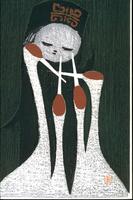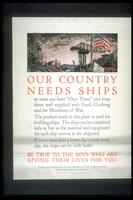13 UMMA Objects
13 UMMA Objects
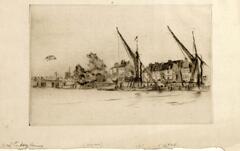
James Abbott McNeill Whistler (American (North American))
Lindsey Houses
1876 – 1877
Bequest of Margaret Watson Parker
1954/1.366
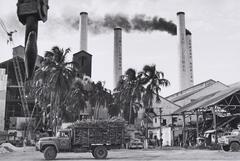
Dmitri Baltermants (Russian (culture or style))
Sugar Cane Factory, Cuba
1970s
Gift of Mr. and Mrs. James Agah, Class of 1989 (BBA)
2012/2.86
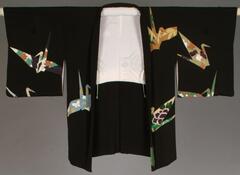
Japanese (Japanese (culture or style))
Black crested haori with yûzen painted origami crane design
1940 – 1960
Gift of Howard and Patricia Yamaguchi
2005/1.356
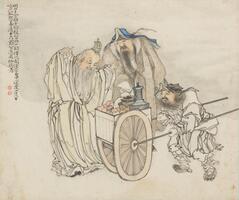
Huang Shen
Figures from Chinese History: The Taoist Luo Gongyuan
1687 – 1766
Museum purchase made possible by the Margaret Watson Parker Art Collection Fund
1983/2.158
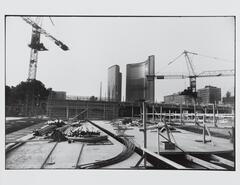
Garry Winogrand (American (North American))
Toronto
1969
Gift of Stanley T. Lesser, A.B. 1951, J.D. 1953
1981/2.65.10
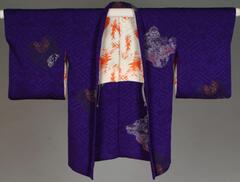
Japanese (Japanese (culture or style))
Purple haori with supplementary weft brocade woven bird-and-flowers designs
1930s
Gift of Howard and Patricia Yamaguchi
2005/1.355

Gai Qi
Scholar's Winter Retreat
1815 – 1825
Museum purchase made possible by the Margaret Watson Parker Art Collection Fund
1981/2.133

19th century
Museum purchase made possible by the Margaret Watson Parker Art Collection Fund
1965/1.178
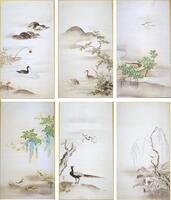
19th century
Museum purchase made possible by the Margaret Watson Parker Art Collection Fund
1965/1.179
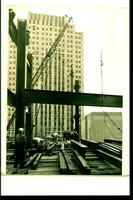
Paul J. Woolf (American (North American))
Rockefeller Center—Construction of the AP Building
1937
Gift of The Morris and Beverly Baker Foundation, in memory of Morris D. Baker, a graduate of The University of Michigan School of Architecture, 1952
2000/2.146
Loading…
